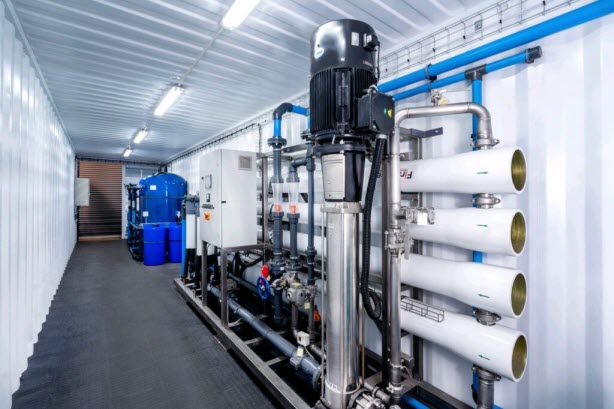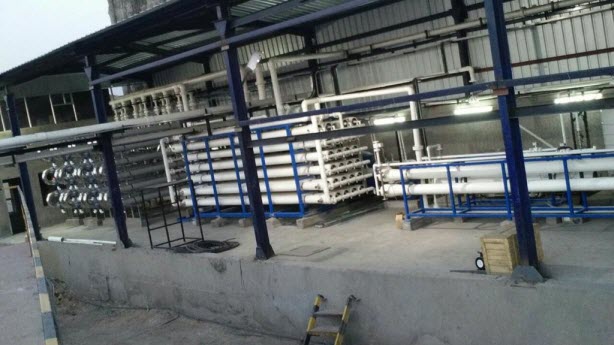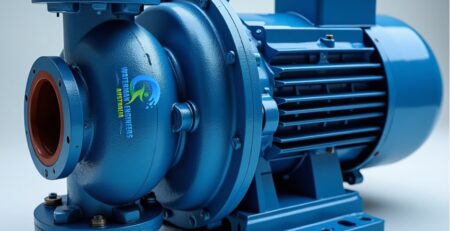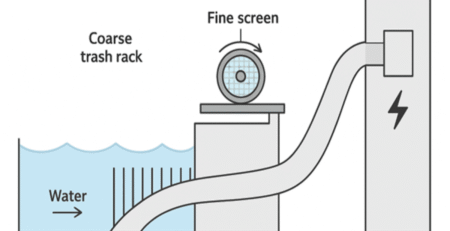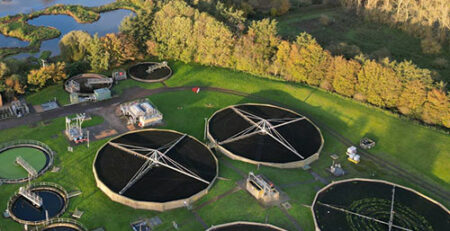Reverse Osmosis Systems and the China Market
Reverse Osmosis Systems are an effective way to treat water. They are often able to remove harmful impurities, such as lead, and other contaminants. This makes them a safe alternative to bottled water. These are used in residential settings to treat drinking water, and are also used in commercial settings.
Who are the Key players in the Global Reverse Osmosis Systems Market?
Reverse Osmosis (RO) Systems are systems that use pressure to force a solution through a membrane. The process removes ions and larger particles in drinking water. This technology is utilized in a variety of applications such as agriculture, mining, healthcare, industrial and others. It also provides a means for filtration of purified water.
The global reverse osmosis membrane market is segmented by application, filter module, material type, and regionally. The application segment is expected to witness significant growth during the forecast period. The residential application is projected to account for the largest share of the market during the forecast period. Increasing population in North America and Asia Pacific are anticipated to drive the demand for the market.
In the Asia Pacific region, the market is expected to grow at a high rate due to the growing population and increasing urbanization. Also, increasing government measures to provide potable water to citizens are predicted to boost the market. Moreover, the growing awareness about waterborne illnesses is expected to drive the China market of ro plants.
Among the regions, North America has the largest share of the global reverse osmosis membrane market. However, Europe is expected to grow at a faster pace during the forecast period. Besides, the commercial and residential applications are also anticipated to contribute to the growth of the market. Moreover, technological innovation is also expected to boost the performance of the system.
In the United States, the market has a large presence of the leading manufacturers. Nevertheless, the competition from the other players is high. Therefore, the key players focus on collaborations, partnerships, acquisitions, and other strategies to gain market share.
Another important factor that is expected to contribute to the market growth is affordable pricing. By the year 2030, the prices of the units are estimated to be significantly reduced. Besides, the market is projected to increase the demand for RO systems that can pump 24-36 gallons per day. As a result, the reverse osmosis systems market is projected to reach the market size of 100.9 million units by the end of 2023.
What are the Applications of Reverse Osmosis Systems for Wells in China?
Well reverse osmosis systems are used in the treatment of well water and municipal water. They work by extracting minerals, contaminants, and disease-causing microorganisms from water. The process is done by combining a mechanical filter with a chemical dosing system. Most of the time, well reverse osmosis systems include an integrated pre-treatment unit.
Well water can contain contaminants such as sewage, sediments, dissolved solids, and mud. These impurities can lead to corrosion of pipes and other essential RO equipment. It also contains minerals, heavy metals, and debris. Hence, a complex pre-treatment system is required for poor quality groundwater.
The market for well reverse osmosis systems is expected to grow in the future. However, the growth rate will slow down in the coming years. Among the key factors driving the market for well reverse osmosis system is the increasing demand for well water. In addition, the technology is becoming more advanced. Consequently, the application of well reverse osmosis systems has increased over the past few years.
There are several benefits to using reverse osmosis systems. First, they are extremely energy-efficient. Moreover, they have a low operational cost. Secondly, they offer hassle-free usage. Also, they can be powered by renewable sources. Thirdly, they are easily installed. Lastly, they have a long service life.
Although reverse osmosis is relatively simple, it needs maintenance. For example, replacement of the membrane is needed after three years. Moreover, the membrane must be replaced when the permeate quality degrades. Other factors that contribute to the longevity of the reverse osmosis system include the frequency of cleaning and maintenance. Several technologies have been developed to minimize the maintenance requirements.
As a result, well reverse osmosis systems can perform optimally for about 20 years. During this period, the system requires UV sterilization to destroy bacteria. Additionally, the performance of the RO equipment can be enhanced by employing a pretreatment unit.
Another factor affecting the longevity of well reverse osmosis systems is the use of quality components. Depending on the components, a well reverse osmosis system can last between fifteen and twenty years. Nevertheless, if the maintenance practices are followed properly, the longevity of the RO system can be extended.
As a result, the applications of well reverse osmosis systems in the China market are likely to increase. Therefore, more and more households are exploring groundwater reservoirs for potable water. This is because groundwater reservoirs are a source of freshwater that is constantly replenished by rainwater.
Due to the growing need for clean water, companies are investing heavily in the development of new and improved technologies to meet this demand. The well reverse osmosis market of China is highly competitive and a competitive product launch strategy is critical to stay ahead of the competition.
Sanitizing a Reverse Osmosis Drinking Water System
When you have a reverse osmosis drinking water system, it’s important to clean and sanitize it to ensure that it’s functioning properly. This is to prevent bacteria from growing inside it, which could have detrimental effects on your health. It can also cause foul odours and a bad taste.
Reverse osmosis systems are a great investment for anyone who wants to have the cleanest and healthiest tasting water. However, even with a well-maintained system, there are still bacteria and other microorganisms that can form and grow. The best way to protect your family from these contaminants is to regularly sanitize your system. Luckily, it’s not as hard as you think.
First of all, it’s vital to remember to wear protective gear and wash your hands before sanitizing your RO system. You should also make sure you have the correct tools. If you don’t, you could end up with a contaminated system, which can result in bad taste, odour, and bacteria.
After you have sanitized your reverse osmosis system, it’s time to change the filters. These should be replaced every three to six months. Be sure to read the owner’s manual and follow the recommended cleaning and replacement intervals.
Once the filters are replaced, you can then flush out the reverse osmosis membrane. Rinsing the membrane is an effective way to eliminate scaling and other deposits. A bottle brush should be used to scrub the module and filter housings.
You can use common household bleach to neutralize bacteria in your RO system. If you don’t have access to bleach, you can use hydrogen peroxide. Using more than the recommended amount isn’t necessary, but it increases the chances of the cleaning solution staying in your RO system.
To sanitize a reverse osmosis drinking system, you should first flush out the tank. This is done by disconnecting the supply, opening the faucet, and filling the system with water. Then, you need to let the water run for at least five minutes. Flushing the system will clear out any accumulated deposits on the membrane’s surface.
In addition to this, you need to flush out your water filtration system after it has been shut down for a long period of time. During shutdown, the bacteria might have gotten in crevices of the equipment. During this time, you can prevent these organisms from growing by flushing them out.
For best results, sanitize your reverse osmosis water filter when you replace it. Adding an ultraviolet disinfection system can also help. Your reverse osmosis system is designed to be continuously used, but after prolonged periods of inactivity, it can become a haven for harmful bacteria.
While it isn’t as time-consuming or labor-intensive as other types of cleaning, it is an essential step to maintaining your RO system. Performing this maintenance will not only keep the water clear and fresh, but it will also ensure that your filters are replaced on schedule.
In Conclusion
The potential of reverse osmosis membrane-based water – treatment procedures is anticipated to be very promising given the growing trend of using reverse osmosis systems in alternate water source treatment, namely desalination plants and wastewater recycling. The use of water from saltwater desalination facilities is becoming more and more crucial, especially in areas with a lack of freshwater. To make surface water drinkable, however, will become more and more crucial throughout the anticipated period.

